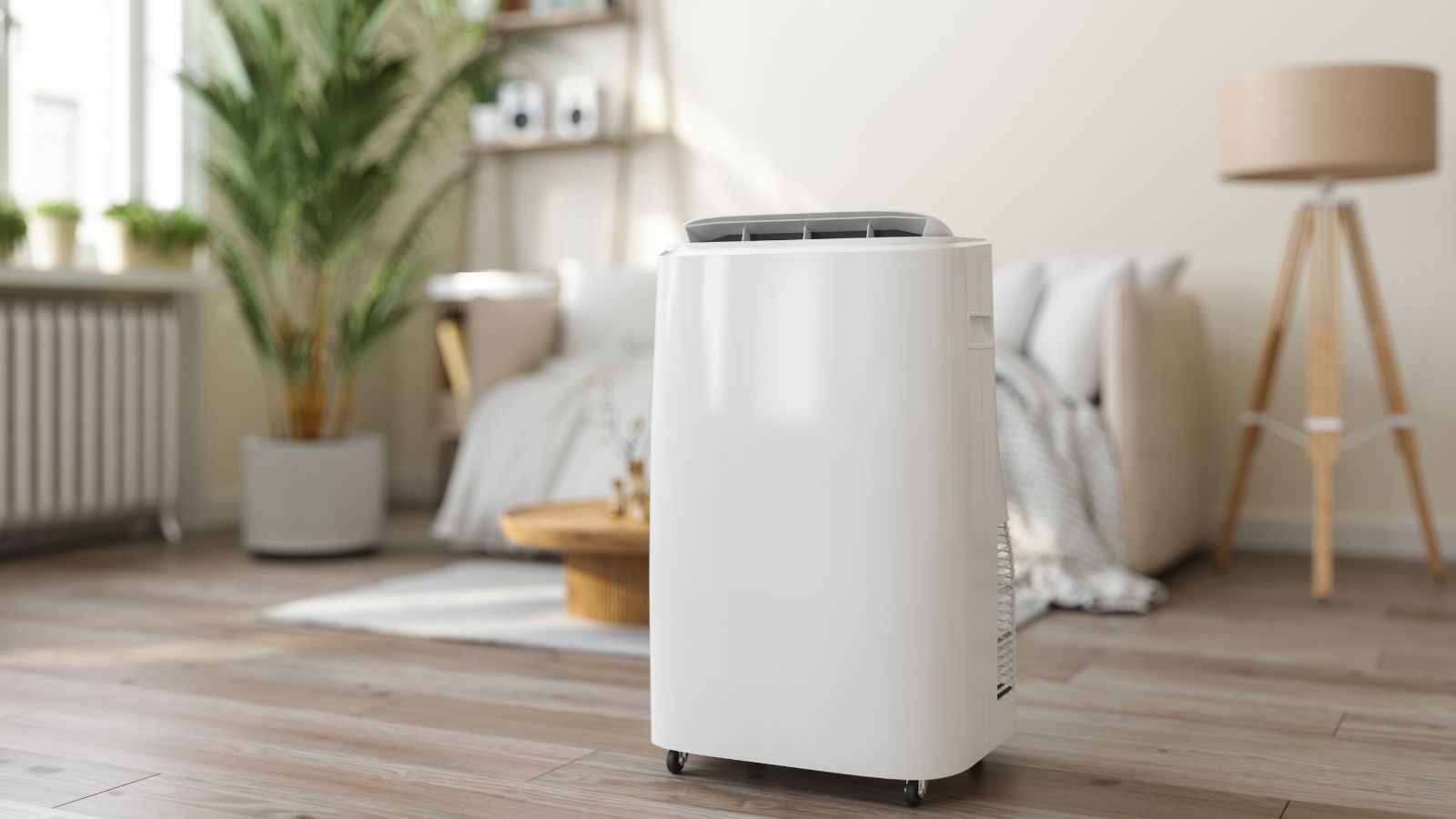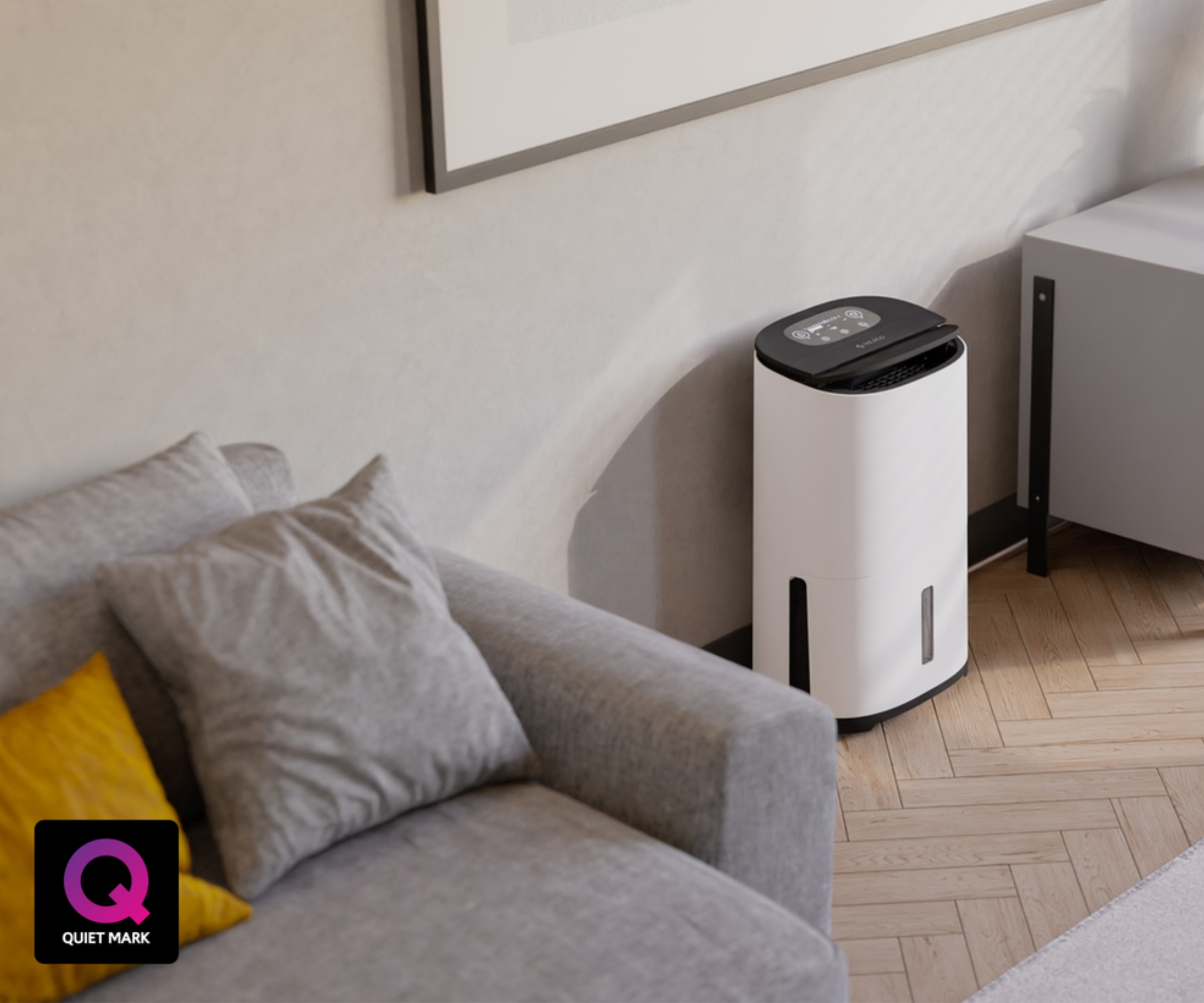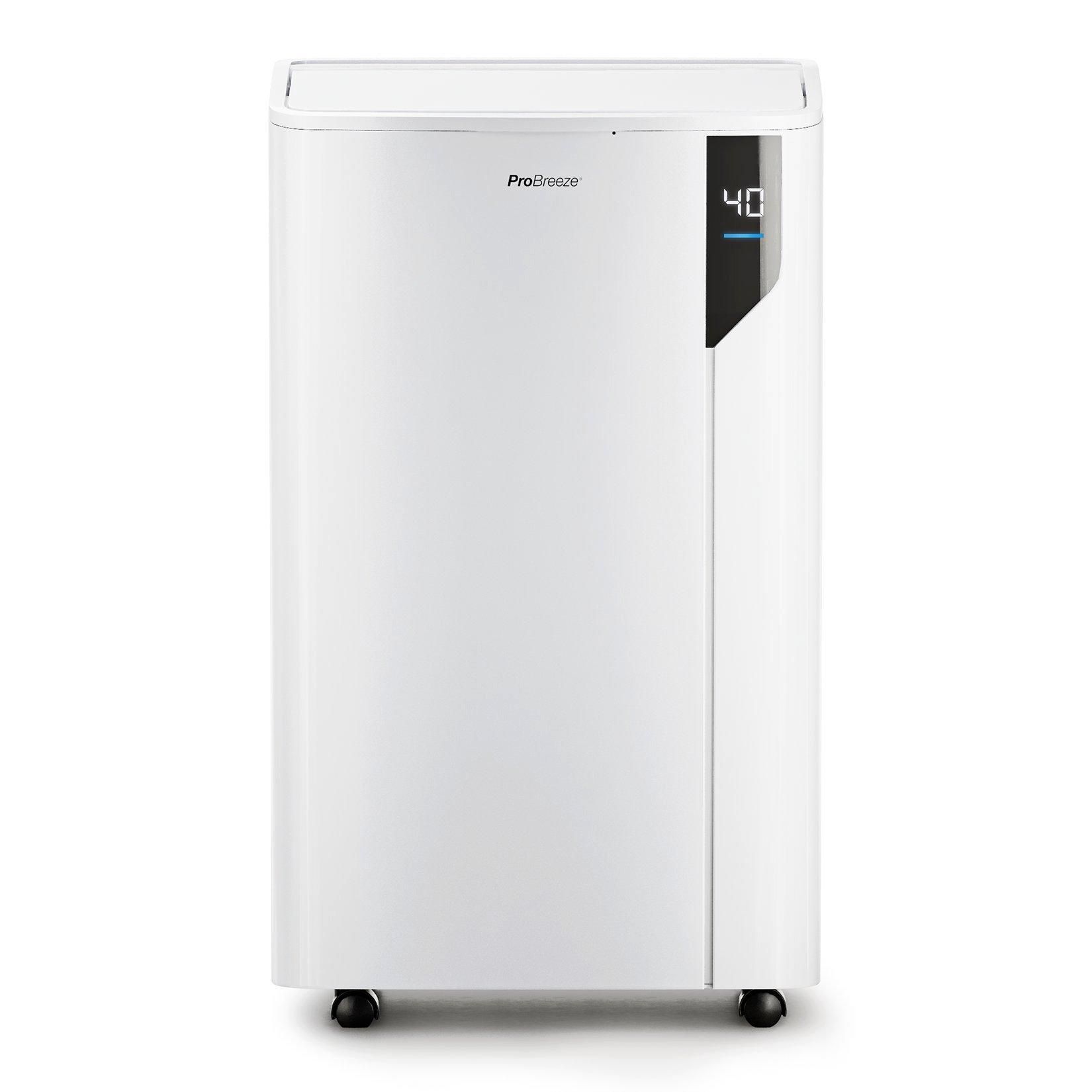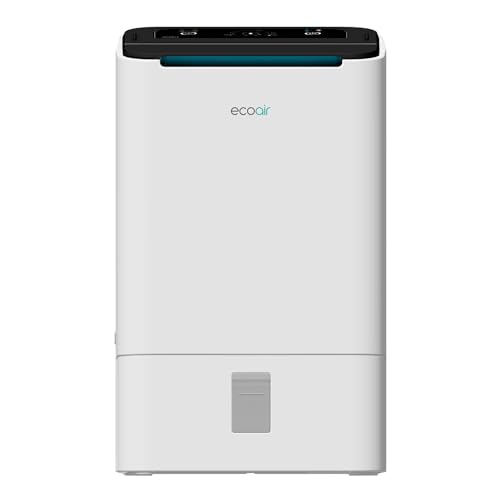These dehumidifier mistakes could be more expensive than you realise
These common dehumidifier mistakes may be driving up your energy bills and causing damage to the fabric of your home. Experts explain how to avoid them

If your home struggles with high humidity, damp, or condensation, a dehumidifier might be just what you need for a fresher, more comfortable space. But even the best dehumidifier can fall short if it’s not used correctly. To get the most out of these helpful appliances, you should try to avoid the most common pitfalls that homeowners encounter.
Selecting the wrong model or frequently adjusting settings are just a couple of mistakes that can keep your dehumidifier from working as well as it should. These small mishaps can drive up energy bills and, in some cases, even contribute to structural issues around your home.
To help you get the best performance from your appliance, we've outlined the most common dehumidifier mistakes that homeowners make and explained how to avoid them.
Common dehumidifier mistakes

1. You aren't running the dehumidifier consistently enough
Not a lot of homeowners realise that dehumidifiers are designed to operate 24/7. In fact, according to Chris Michael, founder and managing director of Meaco, this is the only way you can ensure the humidity in your home is maintained correctly.
"While it might seem like saving energy, running a dehumidifier only 2-4 hours per day isn’t effective," explains Chris. "Dehumidifiers are designed to run continuously to monitor and respond to changes to humidity levels throughout the day. So switching your dehumidifier on and off can allow moisture to build up, increasing your humidity levels and reducing your overall comfort."
Since the majority of dehumidifiers are incredibly energy-efficient, running them consistently shouldn't negatively impact your energy bills. However, you will likely notice a marked improvement in your indoor air quality if you allow your device to function as it was intended to.

Chris and his partner Michelle started Meaco in 1991. Meaco is now regarded internationally as a major player in the dehumidifier industry selling to 20+ countries throughout Europe, North America and South Africa. Meaco sets the benchmark for quality and development in its sector, leading by example and reducing the energy consumption of its appliances.
2. You're using the wrong type of dehumidifier for your home
"Selecting the right model for your space is crucial," urges Chris Michael. "Using the wrong type will prevent the dehumidifier from operating efficiently, leading to poor moisture control. That's why it's worth learning the difference between a desiccant vs compressor dehumidifier."
"Compressor dehumidifiers work best in temperatures above 10-15°C and are less effective in colder conditions," he explains. "For spaces below 10°C, such as basements or garages, a desiccant dehumidifier is ideal, as it performs well even down to 1°C."
It's also a good idea to consider what other features your dehumidifier needs. For example, if you regularly dry your laundry inside, look for a dehumidifier that helps dry clothes with a built-in laundry mode, such as the electriQ 12L Quiet Low-Energy Smart Dehumidifier from Appliances Direct.
3. You're placing the dehumidifier in the wrong location
According to John Jordan, president at Integrity Heating & Cooling Inc, tucking a dehumidifier against a wall or placing it in a corner is not the best setup: "For proper airflow, give the unit at least half a metre of clearance on all sides – this way, it can do its job more effectively."
Ideally, you should position the dehumidifier near the centre of the room or in an open area where air can flow freely. You should also avoid placing it near heat sources, such as radiators or portable heaters, as these can interfere with the humidity readings and cause the unit to cycle on and off unnecessarily.
4. You're changing the settings too often
As tempting as it may be to try out all the buttons on your control pad, John Jordan cautions against frequently adjusting a dehumidifier’s settings. "Constantly changing the setting can cause the unit to cycle on and off more often, which increases wear and energy use," he explains. "The ideal approach is to set your dehumidifier to around 45% and let the unit work until the desired humidity level is reached. By leaving it at a consistent setting, you can avoid unnecessary energy consumption and wear, while maintaining a balanced indoor climate."
![Meaco 20l Low Energy Dehumidifier and Air Purifier 2 in 1- Dehumidifier for Medium to Large Size Homes - Controls Humidity & Cleans Air All Year Round With Hepa Filter [energy Class A] White](https://cdn.mos.cms.futurecdn.net/xnX4nkMBSF8svaiazF3x65.jpg)
Rated 'Best Low Energy Dehumidifier' by the Homebuilding team, this dehumidifier is perfect for anyone living in a medium to large home. As well as boasting low running costs, it also comes with a free HEPA filter to purify the air.

Voted 'Best Mid-Range Dehumidifier' by the Homebuilding team, this unit features a large 5.5 litre capacity water tank, five operation modes and easy-to-use controls. It's best suited to medium to large homes but is surprisingly compact given its performance.
5. You haven't cleaned your dehumidifier in months
While these appliances are relatively low-maintenance, they still need to be kept clean to function properly, making regular dehumidifier maintenance a must. Chris Michael from Meaco recommends cleaning the filter at least every two weeks to prevent dust buildup and inspecting the coils for any frost or dust at the same time. If you’re using a drainage hose, make sure it’s clear and properly connected to avoid clogs.
To prevent mould and bacteria buildup, rinse your dehumidifier tank every week with mild soap and warm water. For a deeper clean, add a few drops of white vinegar, let it sit for a few minutes, then rinse thoroughly. You should also wipe down the exterior body of the unit occasionally.
"For households with pets, smokers, or high levels of pollution, more frequent cleaning is recommended," says Chris. "Failing to clean the filter can reduce airflow, damage the dehumidifiers internal parts and reduce its overall performance."
6. You've owned your unit for years and never changed the filter
As well as cleaning your dehumidifier filter on a regular basis, you should also get into the habit of replacing these filters when needed. Over time, filters become saturated with dust, dirt, and other particles that cleaning alone will struggle to remove. When left unchanged, these clogged filters can restrict airflow, forcing the appliance to work harder, use more energy, and risk internal damage that can break a dehumidifier.
Most manufacturers recommend replacing filters every 6-12 months, depending on your units usage and your indoor air quality. For homes with pets, smokers, or higher pollution levels (such as in cities), you may need to replace your filters more often.
FAQs
Why does ice form in a dehumidifier?
"Poorly designed dehumidifiers lack an internal cooling system that has been designed for the British climate, so when used in temperatures below 15°C, they can start to accumulate ice on the coils," explains Chris Michael, managing director of Meaco. "In even colder environments, such as garages below 10°C, this ice buildup can turn into a solid block, disrupting the unit's performance. These models aren’t designed for colder climates like the UK and are best suited for summer temperatures around 27°C or even higher."
Is it a mistake to use a dehumidifier and an air purifier in the same room?
According to John Jordan, president of Integrity Heating & Cooling Inc, "While air purifiers can be used in the same room as a dehumidifier, the two fans can often end up competing, creating turbulent airflow and making both units less efficient. The air purifier might even pull in the dry air from the dehumidifier, which stops the dehumidifier from reaching the room’s humid air effectively."
To prevent this from happening, make sure you place the dehumidifier in a spot with ample open space around it, ideally near the centre of the room or in a location where airflow won’t be obstructed by walls or furniture. Position the air purifier in a separate part of the room to avoid any interference with the dehumidifier’s airflow.
By avoiding these common mistakes and making a few simple adjustments, you can keep your dehumidifier running costs down, keep your appliance running smoothly, and you home free from moisture and damp issues.
Get the Homebuilding & Renovating Newsletter
Bring your dream home to life with expert advice, how to guides and design inspiration. Sign up for our newsletter and get two free tickets to a Homebuilding & Renovating Show near you.

Gabriella is an interiors journalist and has a wealth of experience creating interiors and renovation content. She was Homebuilding & Renovating's former Assistant Editor as well as the former Head of Solved at sister brand Homes & Gardens, where she wrote and edited content addressing key renovation, DIY and interior questions.
She’s spent the past decade crafting copy for interiors publications, award-winning architects, and leading UK homeware brands. She also served as the Content Manager for the ethical homeware brand Nkuku.
Gabriella is a DIY enthusiast and a lover of all things interior design. She has a particular passion for historic buildings and listed properties, and she is currently in the process of renovating a Grade II-listed Victorian coach house in the West Country.

